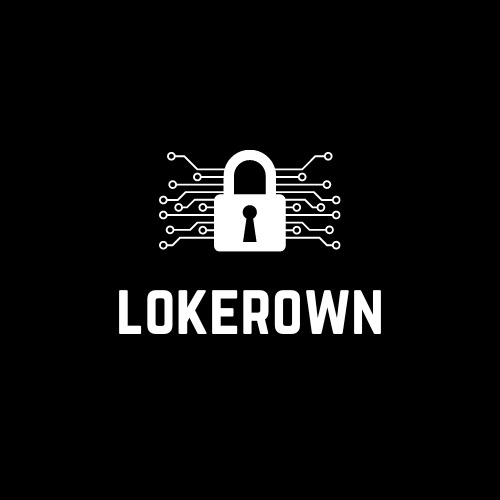If you’ve ever lived in India during summer (or monsoon, or honestly, any season), you know the drill—lights flicker, fan slows down, and boom, blackout. And then you’re standing there wondering why your inverter always dies right when you need it most. That’s exactly why Power Backup Solutions India have gone from being a fancy add-on to something as essential as your morning cup of chai.
The chaos when the lights go out
Let’s be real for a second—India and power cuts are like that one toxic relationship you can’t seem to break off. Whether you’re in a metro city or some sleepy small town, electricity is never 100% reliable. I remember working from home last summer, sweating it out during a call because the fan stopped dead mid-sentence. Not to mention, my Wi-Fi router just gave up on life. That’s when it hit me—without a decent backup, we’re all basically sitting ducks.
And it’s not just about comfort. Businesses lose hours of productivity, stores can’t bill customers, and even ATMs stop working. One tweet I saw the other day said, “Power cut in Gurgaon. Work from home? More like sweat from home.” Pretty much sums it up, doesn’t it?
What people are turning to now
In the old days, a noisy diesel generator was the go-to solution. You’d hear that loud brrrrrr sound echoing through the lanes every time there was a power cut. But now things are changing—slowly but surely. There’s a growing shift toward cleaner and quieter systems. You’ll find people installing inverters with solar integration, or whole-house battery backups that automatically kick in like magic when the grid goes down.
Companies like Power Backup Solutions India (yeah, check that out if you’re actually considering upgrading your system) are doing interesting things—mixing solar panels with intelligent battery systems. It’s not just about having power anymore, it’s about having smart power.
Solar’s slow but steady takeover
Solar energy has this “cool kid” vibe right now. Everyone’s talking about it, especially on LinkedIn where people post those aesthetic rooftop pictures with captions like, “Finally went solar #sustainableliving.” And it’s not just for show—solar power is genuinely becoming a game changer in backup solutions.
Instead of burning fuel, solar setups use stored sunlight to power your essentials—TVs, fridges, lights, laptops. It’s quiet, clean, and honestly, kind of satisfying to know you’re running on sunlight. But here’s the catch—initial setup costs can sting a bit. I’ve seen many families hesitate at first because of the upfront investment. Though once you realize your electricity bill has shrunk like an old T-shirt, it feels worth it.
The inverter vs generator debate
Let’s address this because it comes up all the time. If your neighborhood still runs those old generators, you know the smell, the noise, and the smoke that makes your lungs protest. Inverters are the modern fix—silent and low-maintenance. They switch instantly when power goes off, and newer ones don’t fry your electronics like the older ones used to.
But generators still have their fans (no pun intended). They’re reliable for bigger setups—factories, hotels, hospitals. You can’t really run a hospital on a small inverter, right? However, people are moving toward hybrid systems—solar + inverter or generator + battery. Basically, we’re learning to mix things up for efficiency.
Businesses can’t afford to go dark
A café loses a few customers during a 2-hour power cut, a small manufacturing unit can lose thousands. Some startups even lose data mid-operation, which is terrifying. It’s not surprising that commercial spaces are now investing in heavy-duty systems that can run air-conditioning, servers, and machines for hours. I read somewhere that Indian companies collectively lose over ₹30,000 crore every year because of power interruptions. That’s not just a “minor inconvenience.”
When I talked to a store owner in Kolkata a few months ago, he said his generator costs more to run now because of fuel price hikes. He switched to a lithium battery system—cost him a bomb initially, but his long-term expense is now way lower. This kind of thinking is spreading fast among businesses.
The government push and public mood
There’s also this growing pressure (in a good way) from the government for greener and more efficient systems. Subsidies, net-metering policies, and incentives for renewable energy setups have made solar-based power backups more accessible. Plus, social media helps too. You’ll see Reddit threads full of people comparing their inverter setups, or Twitter users arguing whether solar in cloudy cities makes sense. Spoiler: it kinda does, thanks to new tech.
The overall sentiment? People are tired of dealing with unpredictable power cuts and are more open to sustainable alternatives than ever.
A small note on battery tech (and why it matters)
The biggest unsung hero of any backup system is the battery. Old lead-acid ones were bulky and died too fast. The newer lithium-ion ones are lighter, charge faster, and last years longer. They’re what’s powering the modern inverter revolution. There’s even talk about solid-state batteries coming to India soon, which could double the storage without doubling the cost. If that happens, solar + battery backups could easily replace generators everywhere.






